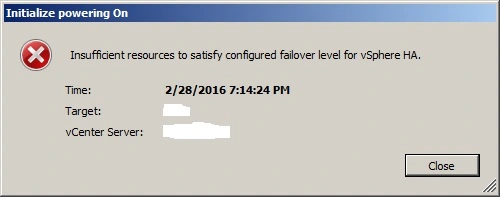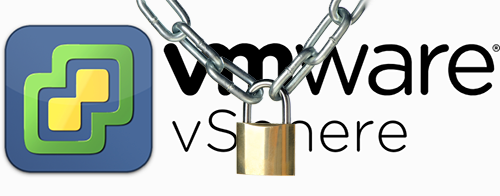vSphere HA – Admission Control

VMware Admission Control is a component of VMware vSphere High Availability (HA) that guarantees enough resources are allocated within a cluster to satisfy failover needs. It prohibits adding virtual machines (VMs) to a cluster if this would compromise the cluster’s…







